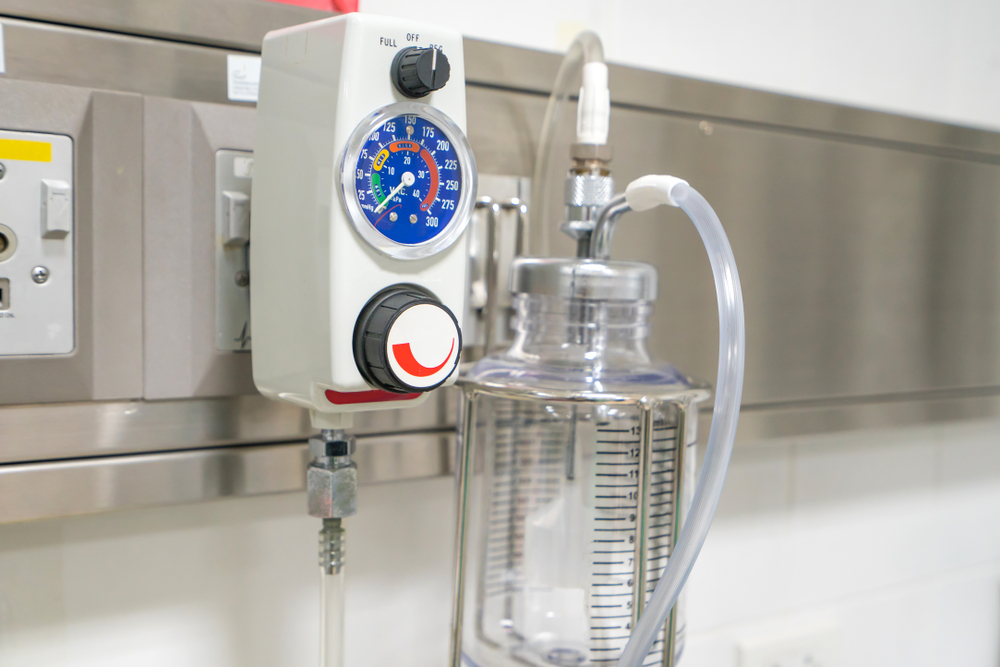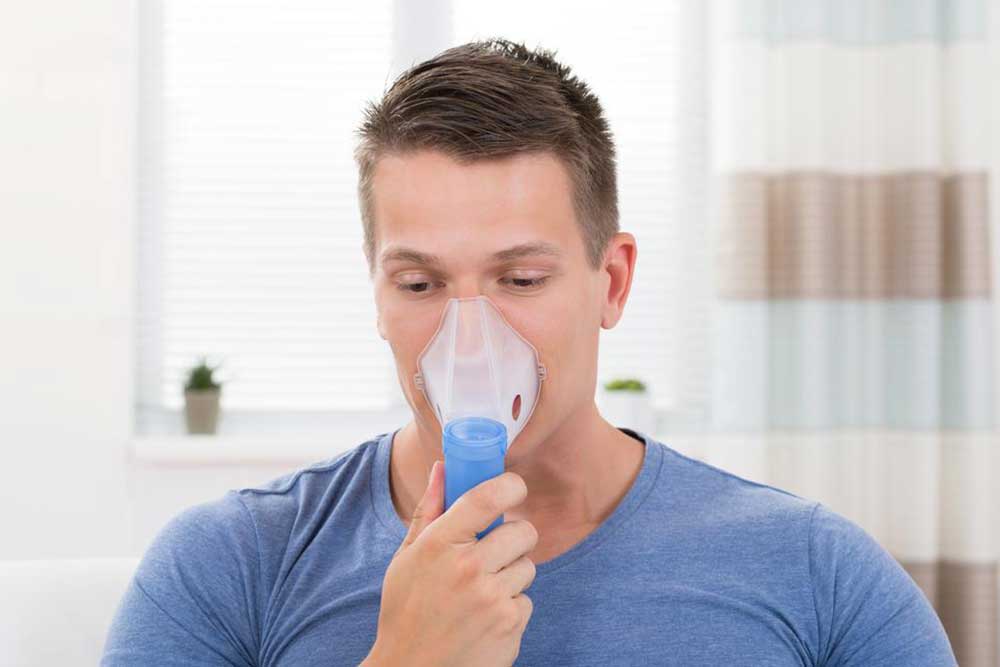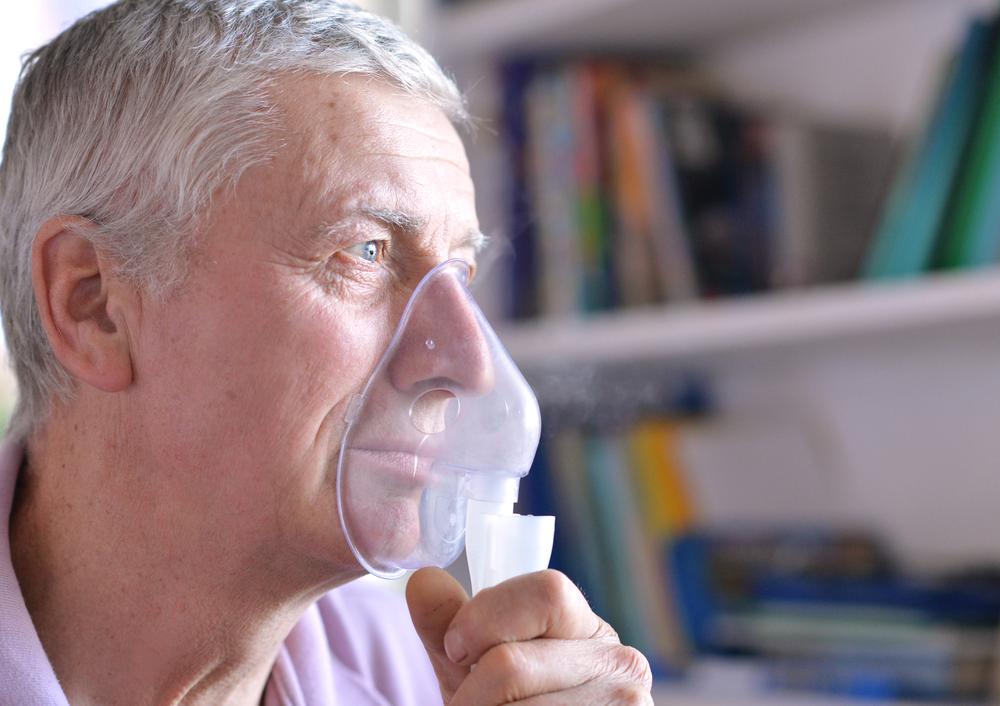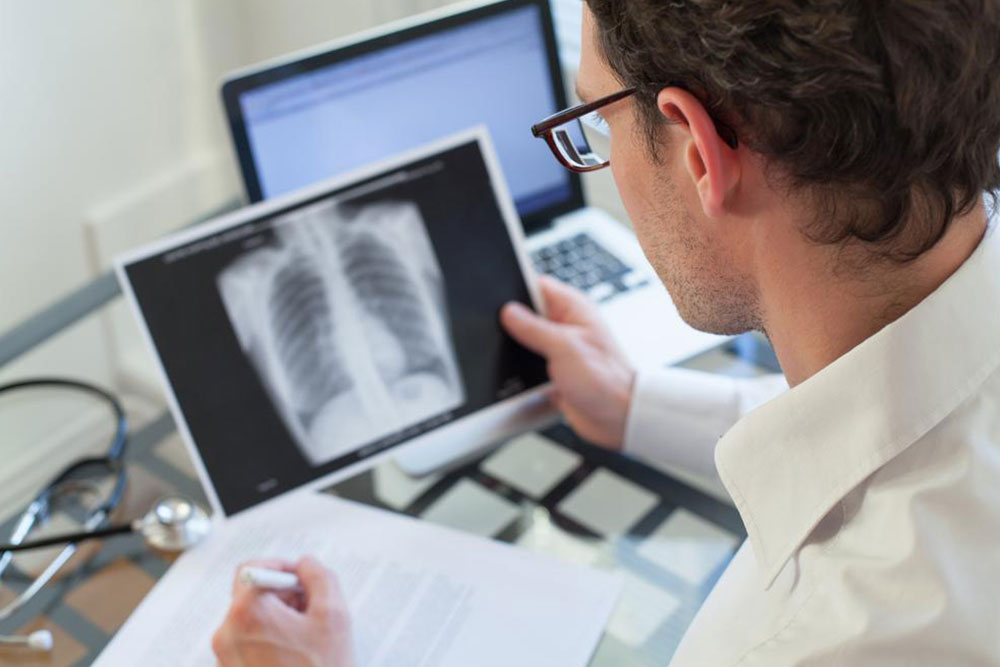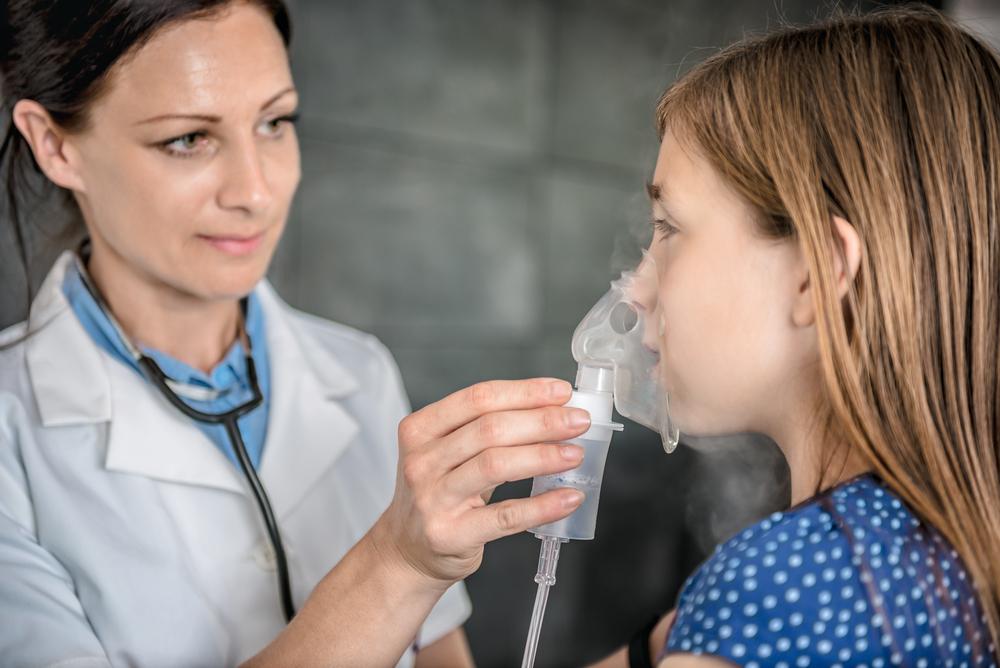Comprehensive Guide to Portable Oxygen Devices for Improved Respiratory Health
Discover how portable oxygen concentrators can enhance your respiratory health and daily mobility. This comprehensive guide covers device technology, selection tips, safety precautions, and benefits, empowering individuals with breathing difficulties to lead active, independent lives with reliable oxygen support on the go.
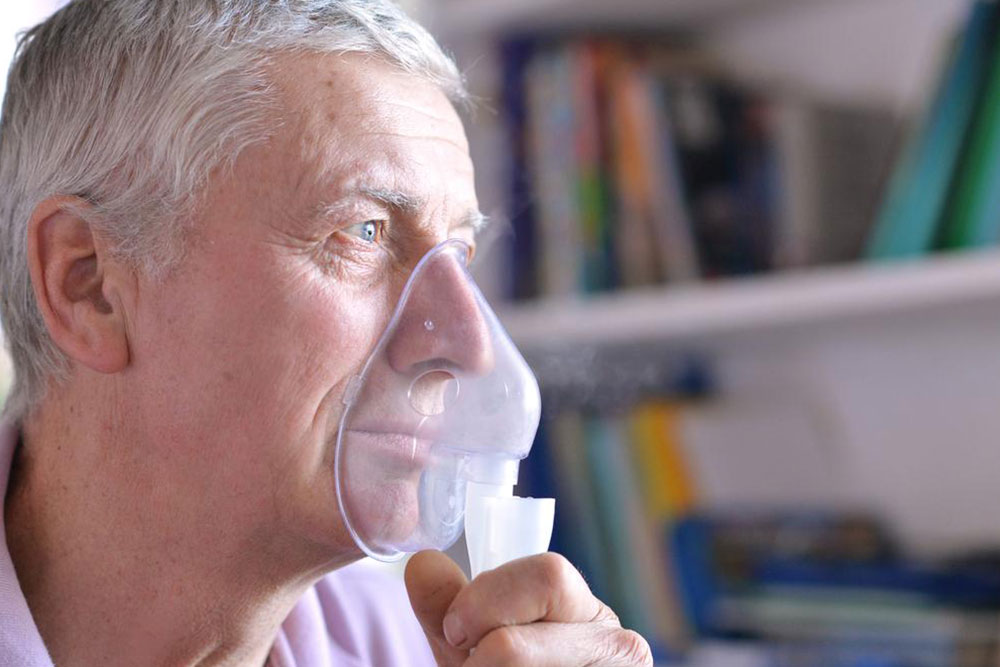
Comprehensive Guide to Portable Oxygen Devices for Improved Respiratory Health
In today’s fast-paced world, many individuals find it challenging to maintain optimal respiratory health due to environmental pollution, allergens, and the stresses of daily routines. Respiratory issues, including chronic obstructive pulmonary disease (COPD), asthma, and other breathing difficulties, are increasingly common worldwide. These problems can severely limit daily activities, reduce quality of life, and pose serious health risks. Fortunately, technological advancements have led to the development of portable oxygen devices, which offer an effective solution for those needing supplemental oxygen on the go.
Portable oxygen concentrators (POCs) are compact, lightweight devices designed to provide individuals with a reliable source of medical-grade oxygen whenever they need it. These devices work by drawing in ambient air, filtering out nitrogen, and delivering purified oxygen directly to the user. They help improve breathing, increase oxygen levels in the blood, and enable users to maintain an active, independent lifestyle despite respiratory challenges.
Understanding How Portable Oxygen Devices Work
At the core of portable oxygen concentrators is a technology called Pressure Swing Adsorption (PSA). This process involves drawing in atmospheric air and passing it through specialized molecular sieves that separate nitrogen from oxygen. The result is a continuous supply of concentrated oxygen, which is then delivered through a nasal cannula or mask. These devices typically have adjustable settings, allowing users or caregivers to modify oxygen flow rates based on medical prescriptions and individual needs.
Design-wise, portable oxygen devices are constructed with user comfort and convenience in mind. Many models are battery-powered, offering several hours of operation on a single charge. Rechargeability via AC (mains power) or DC (car or airplane outlets) makes them adaptable, enabling users to stay mobile during travels or daily commutes. Some advanced units incorporate features such as pulse dose technology, which delivers oxygen only when the user inhales, conserving battery life and reducing unnecessary oxygen consumption.
Choosing the Right Portable Oxygen Concentrator
When selecting a portable oxygen device, it’s essential to consider your specific health requirements, lifestyle, and mobility needs. Consulting with a healthcare professional ensures you get the appropriate flow rate and features tailored to your condition. While some users benefit from lightweight, compact models that are easy to carry around, others may require devices with extended battery life for longer outings.
Top brands in the market are FAA-approved, making their devices airline-friendly and suitable for air travel. Ensuring the device conforms to airline regulations is critical before packing it for flights. Additionally, look for reputable manufacturers that prioritize safety, durability, and ease of use. Many devices come with protective cases, carrying bags, and accessories to enhance portability and security during transport.
Safety, Usage, and Maintenance
While portable oxygen concentrators are generally safe, proper usage is vital. Always follow the instructions provided by your healthcare provider and the manufacturer. Regular maintenance checks, such as cleaning filters and inspecting tubing, are crucial for optimal performance and hygiene. Since these devices rely on batteries, ensure they are fully charged before travel or extended outings.
If you plan to travel by air, notify the airline well in advance—at least 48 hours before your flight—to comply with safety guidelines and facilitate necessary arrangements. Many travelers successfully take their portable oxygen units on planes, buses, and trains, thanks to regulations supporting mobility aids and medical devices. Protect your device during trips by using sturdy cases and keeping it within reach.
The Benefits of Portable Oxygen Devices
Using portable oxygen devices offers numerous advantages. They significantly improve breathing capacity, helping alleviate symptoms of breathlessness and fatigue. Enhanced oxygenation boosts mental alertness, mood, and overall well-being, making daily activities more manageable. This independence is especially valuable for seniors, individuals with chronic respiratory conditions, or those recovering from surgeries.
Moreover, these devices enable greater freedom to participate in social activities, travel, and outdoor pursuits. Whether it’s a walk on the beach, dining out, or visiting family, portable oxygen concentrators make it feasible to enjoy life without constant concern over breathing difficulties. Their quiet operation, ease of use, and portability mean users can stay active and engaged, maintaining a vibrant and healthy lifestyle despite respiratory challenges.
Final Thoughts and Tips for Safe Use
To maximize the benefits and ensure safety, always follow your healthcare provider’s advice. Keep your device clean, and perform regular maintenance checks. Invest in reputable brands, and make sure your device is FAA-approved if you intend to fly. Remember to inform airlines and travel authorities beforehand about your medical device to facilitate smooth travel arrangements.
By incorporating portable oxygen devices into your daily routine, you can regain control over your health and enjoy greater mobility and independence. These innovative devices are more than just medical equipment—they are tools that empower you to live life to the fullest, maintaining your health and happiness wherever you go.
